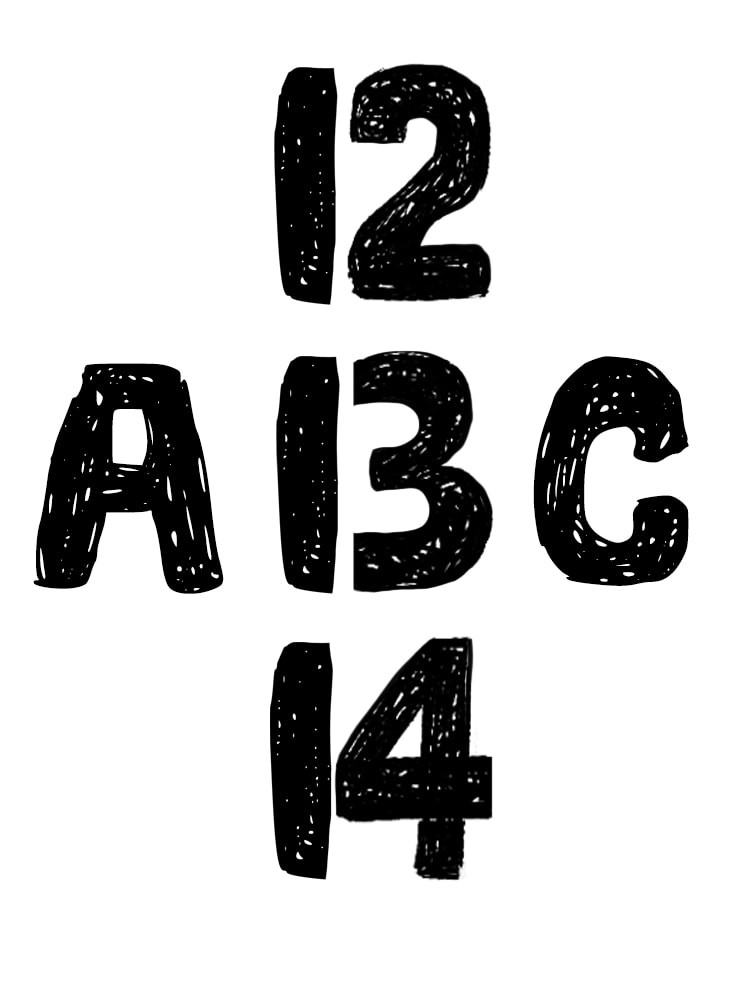Bottom-up processing refers to information processing where stimuli are processed beginning from the bottom. It begins with the tiny details, and progresses into more complex concepts. This is in contrast to top-down processing, where you form an overall impression, and then looking for evidence that supports the notion. When we look at a street, an urban area can give the impression that the area is chaotic, noisy, and overcrowded. To verify their suspicions, they may seek out signs like crowds of people moving through, or noises from nearby cars.

Bottom-up processing tends to be more data-driven, analytical and is extensively researched regarding cognitive processes such as memory and perception. It is also used in other areas of our lives, including decision-making and creative pursuits, like art and design. When used strategically and appropriately in the right way, bottom-up processing can result in better problem solving and greater insights into complicated situations. Bottom-up Processing, in spite of the negative connotations that it receives in academic circles can be very beneficial in understanding our environment and our inner workings.
The intricate brain is central to our thinking, actions and decisions. This intricate organ plays an essential role in our ability to think, memory mood, and behavior. Bottom-up processing is one of the most significant mechanisms that influence brain function. This is the way that information is processed by the individual neurons or nerve cells and then via interconnected neural pathways, which eventually affect higher cognitive functions such as perception and attention. This process has been shown to be significant in affecting memory and learning. However, it could be beneficial for treating illnesses like schizophrenia and Alzheimer’s. Understanding the mechanisms behind the bottom-up processing that occurs in brain function could help us unravel some of the mysteries that lie beneath brain function. This could open the door to innovative new techniques in neuroscience and healthcare as well as other areas.
Bottom-up processing refers how our brain process information. It is not the same as top-down processing that is more concerned with incorporating expectations and previous knowledge into the learning process. Bottom-up processing is dependent on new and raw data. Bottom-up processing can be extremely beneficial for any learner. It focuses on the specific aspects of learning, from basic vocabulary and sounds to more complex concepts and ideas.
The main benefit of bottom-up processing is that it permits us to take a step back and concentrate on every aspect of the information we encounter. This can help us keep our attention on what we’re learning, making us more motivated to acquire new knowledge, refine existing ones, and even spot mistakes or areas for improvement. This method also assists us to comprehend how the various elements of information are connected through logical chains or networks. Bottom-up processing helps us improve our learning and become more effective communicators by engaging in bottom up processing.
For more information, click Practical Psychology